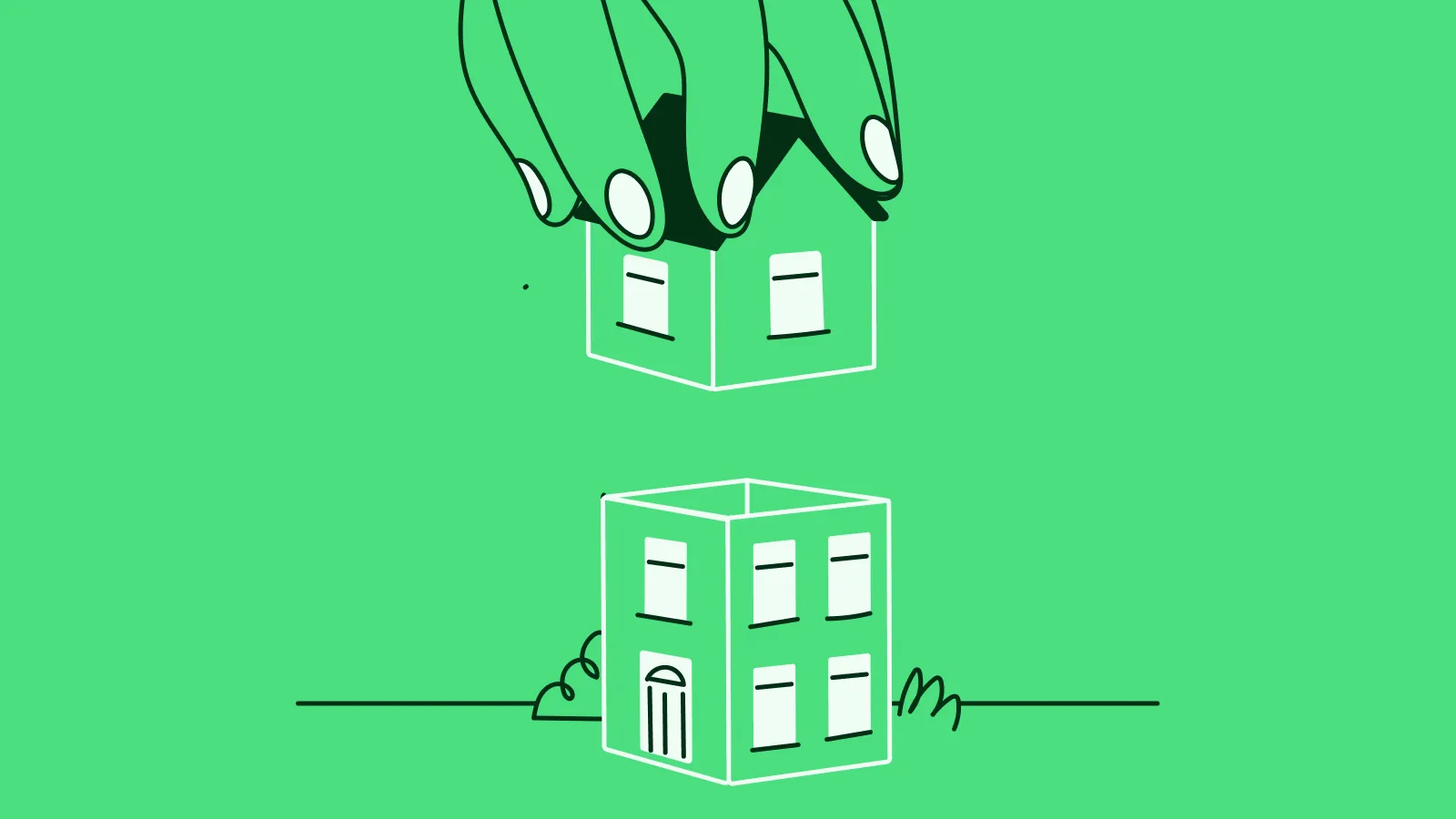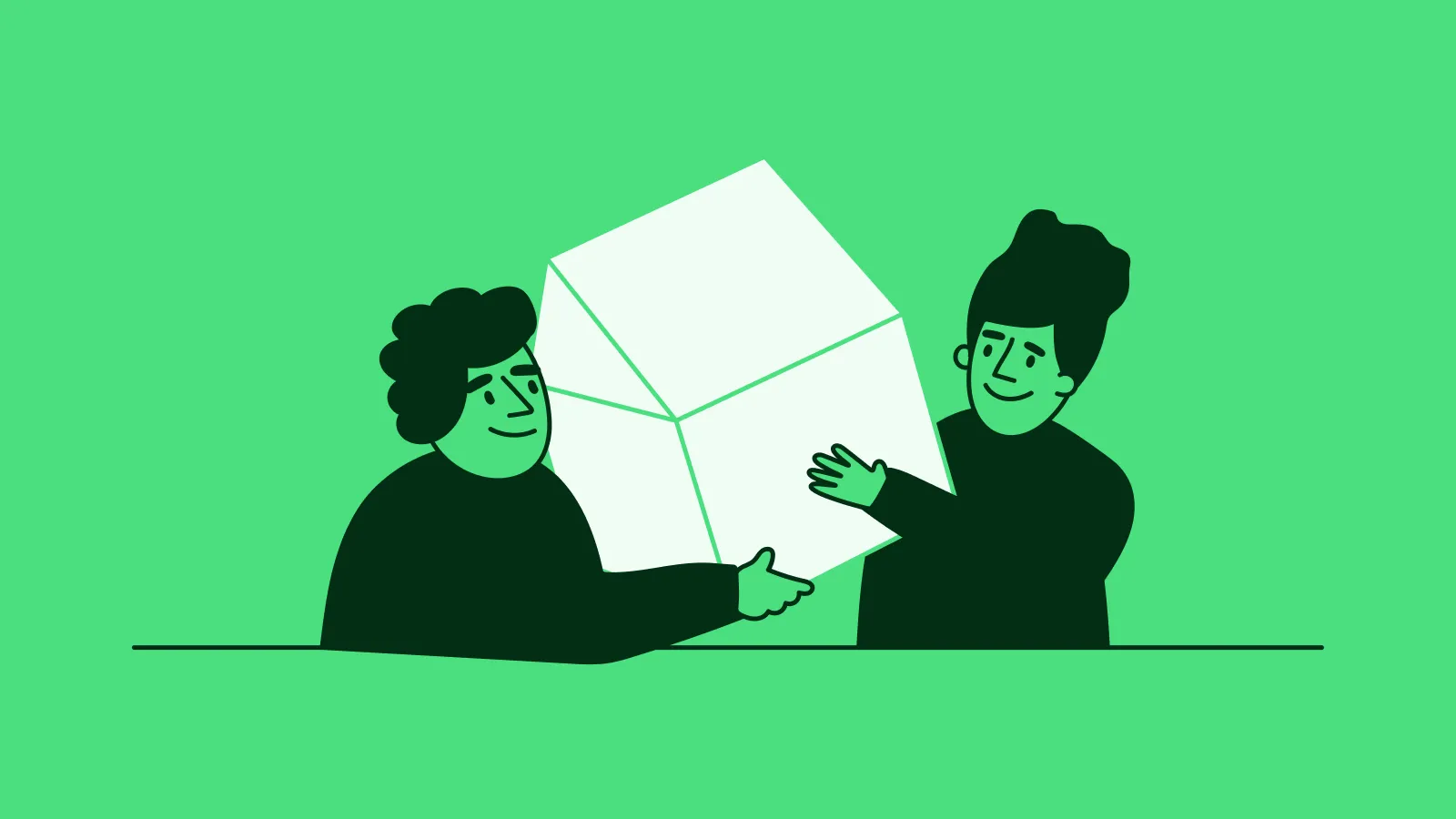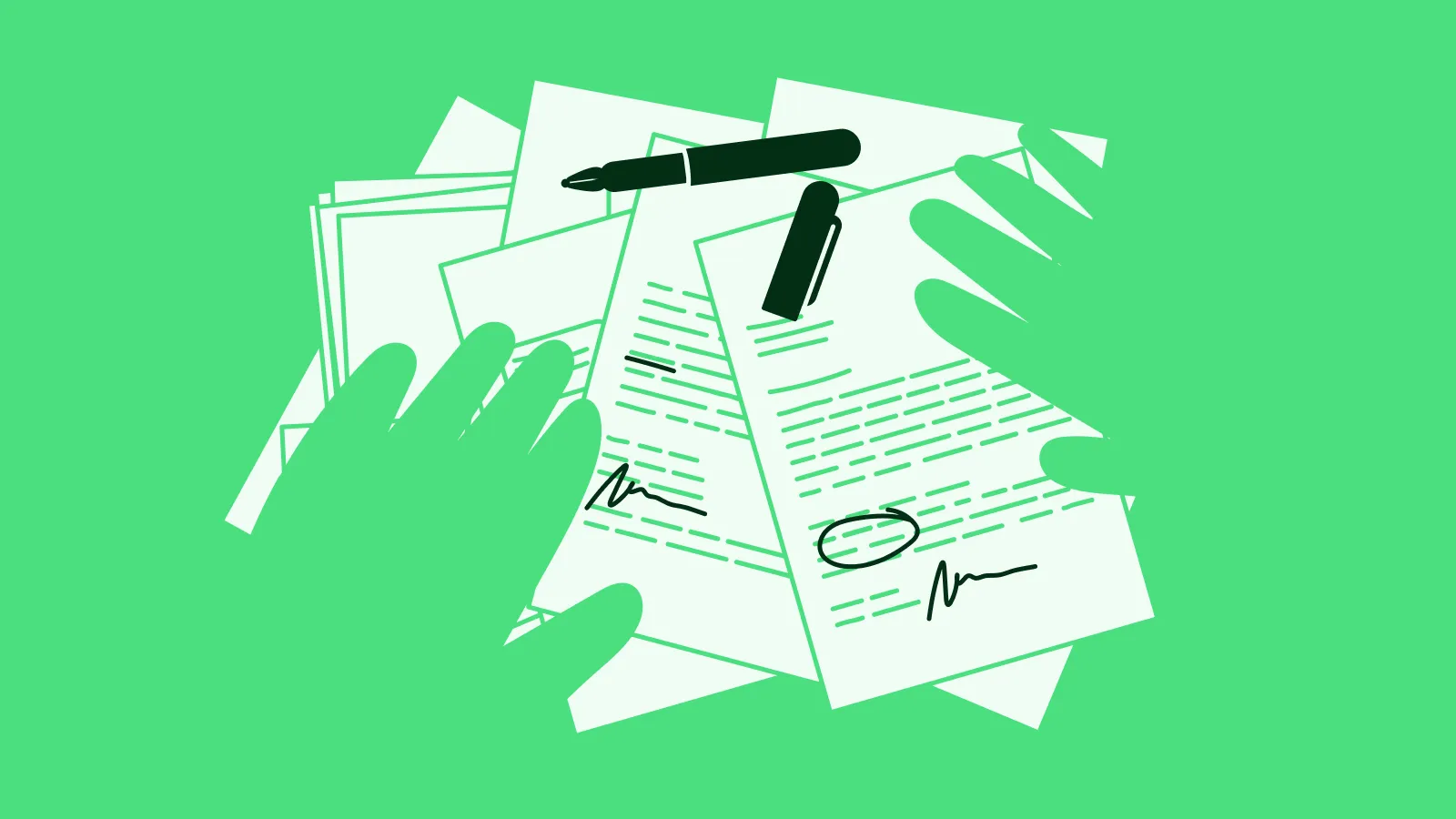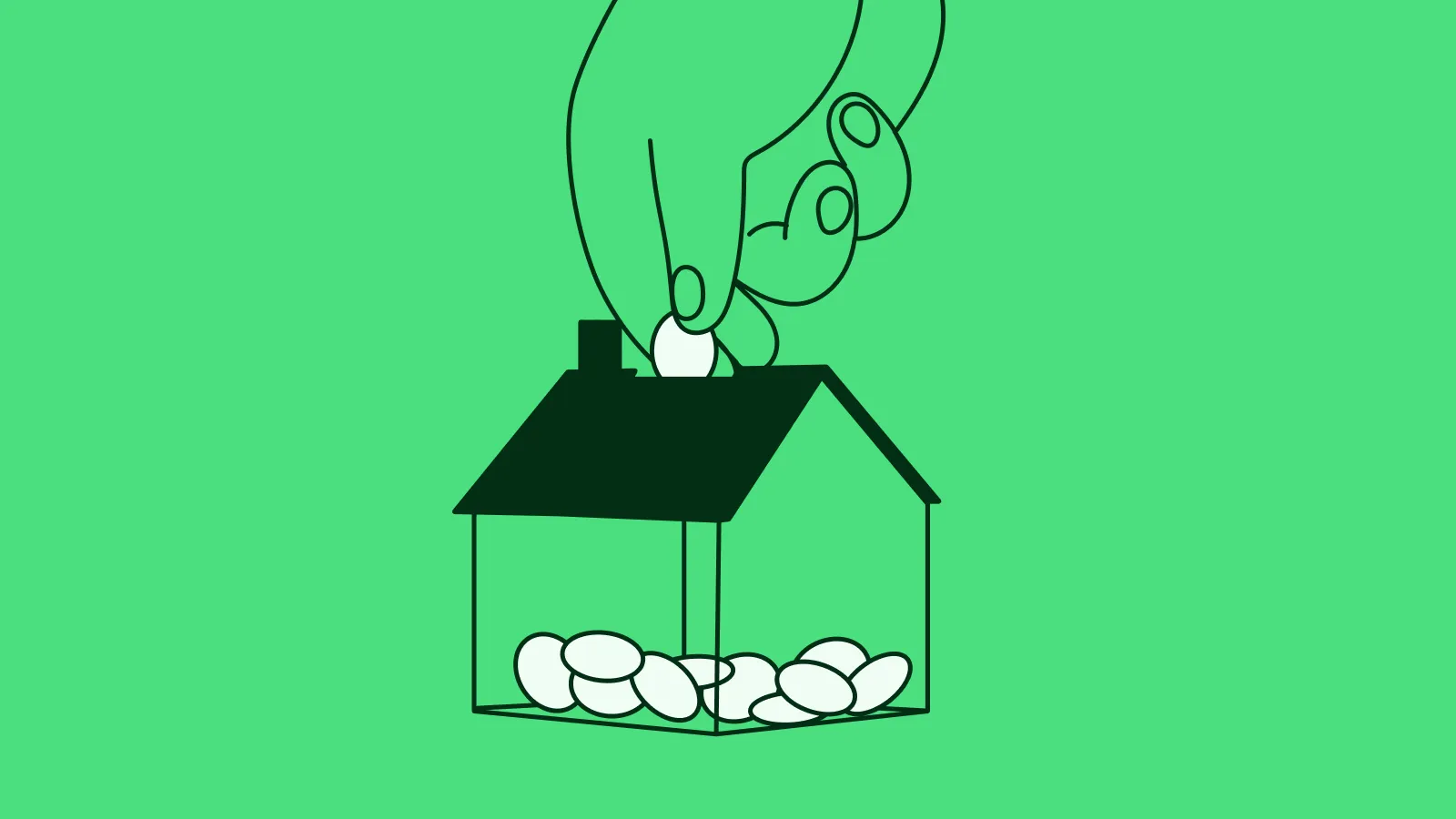Shared Ownership Mortgages
Find out how shared ownership mortgages provide a much-needed leg up onto the property ladder for first-time buyers and those on modest incomes.
Exclusive broker partner to

Author: Michael Whitehead, Head of Content
Reviewer: Paul Coss, Haysto Co-Founder and Chief Customer Officer
Updated: Aug 06 2025 6 mins
Shared ownership is a part-buy, part-rent scheme backed by the government and designed to help people who don’t have a large enough deposit or high enough income to purchase a home at its full market value.
In this guide, we’ll walk you through how it works, who qualifies and how to get one.
What Is Staircasing?
Staircasing is the process of buying additional shares in your home from the housing association or landlord. Each ‘step’ is usually worth 10% and as you move up the staircase, your monthly rent goes down and your mortgage payment goes up. Once you hit 100%, you’ll own your property outright, and rent payments will stop altogether.
When staircasing, every step will mean a new mortgage application or an amendment to your existing one (if you’re borrowing more to buy more shares). Some lenders allow you to borrow more on top of your current mortgage, or it might be more advantageous to look at a full remortgage.
You’ll also need a new property valuation each time by a qualified surveyor, which means incurring additional costs and legal fees.
Why Pick Picnic?
With access to thousands of mortgage products, easy-to-use technology, and 100+ experts, our award-winning service is with you every step of the way.
No impact on your credit score.
What Properties Are Available?
Shared ownership homes are typically new builds developed by housing associations or private developers, but resale shared ownership homes are also available. These are properties that were previously owned under the scheme and are now being sold on.
Most shared ownership properties are leasehold, meaning you’re leasing the property from the housing association for a fixed term (often 99 or 125 years). The lease sets out your rights and responsibilities, including limitations on making alterations, subletting, and keeping pets. So, it’s important to look through the lease document before you proceed.
In some cases, especially with houses, you may be able to convert the leasehold into freehold after reaching 100% ownership. However, this depends on the property and terms of the lease.
It’s also worth noting that, in addition to your mortgage and rent, you may also need to pay service charges, ground rent, and maintenance fees, especially in flats or developments with communal areas.
How Much Can You Borrow?
The amount you can borrow depends on your financial situation (income and outgoings), the value of the share you’re buying, and the lender’s criteria. Since you’re only buying a share, the required mortgage and your deposit will be lower than for a full purchase.
For example, if you're buying 50% of a £240,000 home, your combined mortgage and deposit would be £120,000. With a 5% deposit, you’d only need to put down £6,000 and your mortgage would be £114,000. This makes the scheme more accessible for buyers who can’t save a large lump sum upfront as a deposit.
Most mainstream lenders that offer these types of mortgages have dedicated shared ownership products, while others offer specialist lending criteria. Working with a mortgage broker who understands shared ownership (like us!) can help you find the best deal and navigate any restrictions from lenders or housing associations.
Start Your Mortgage Journey with Picnic
Having a low deposit or modest income doesn’t mean you can’t buy the home you’ve set your heart on. With the Shared Ownership scheme and some help from us, you can feel much more confident about landing the keys to the home you’ve always wanted to buy.
Ready to start your journey to homeownership? All you need to do is make an enquiry, and one of our mortgage experts will contact you to get started.
Related Pages
Porting Your Mortgage

The Picnic Guide To Buying a Home

How Conveyancing Works

How Stamp Duty Works

Speak to One of Our Experts
First or next move, remortgaging or investing - get clear advice from our award-winning experts to help you find the right mortgage.
No impact on your credit score.